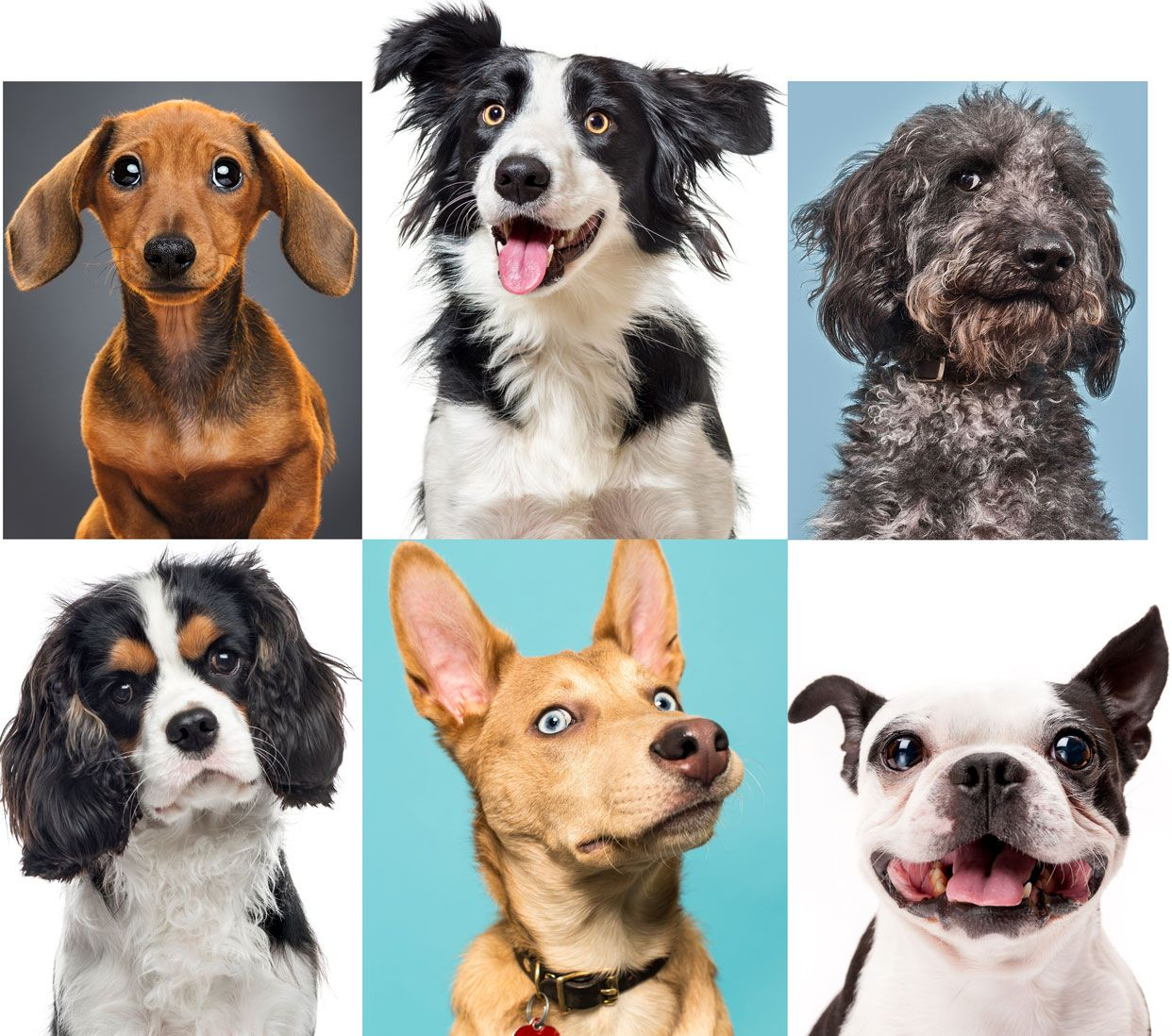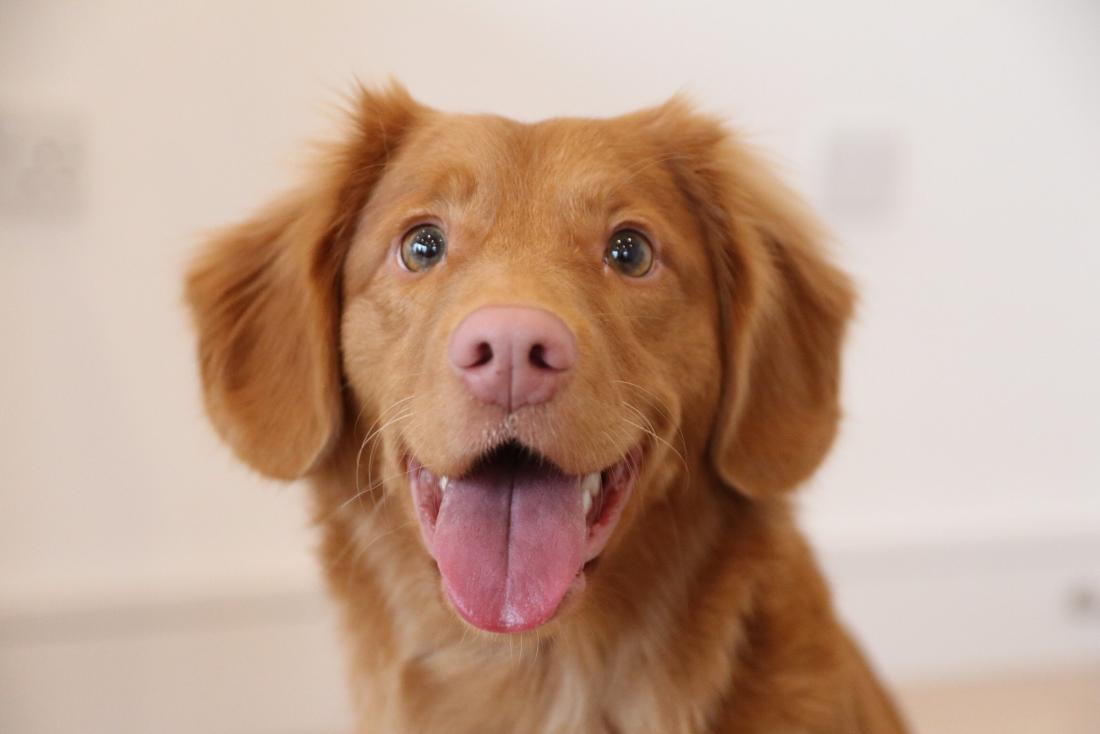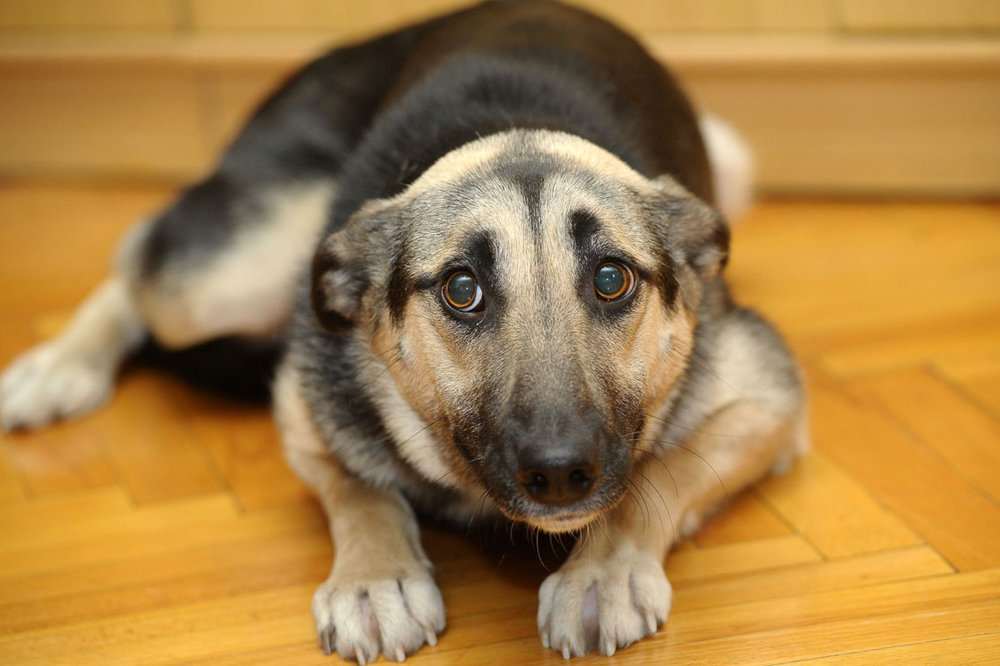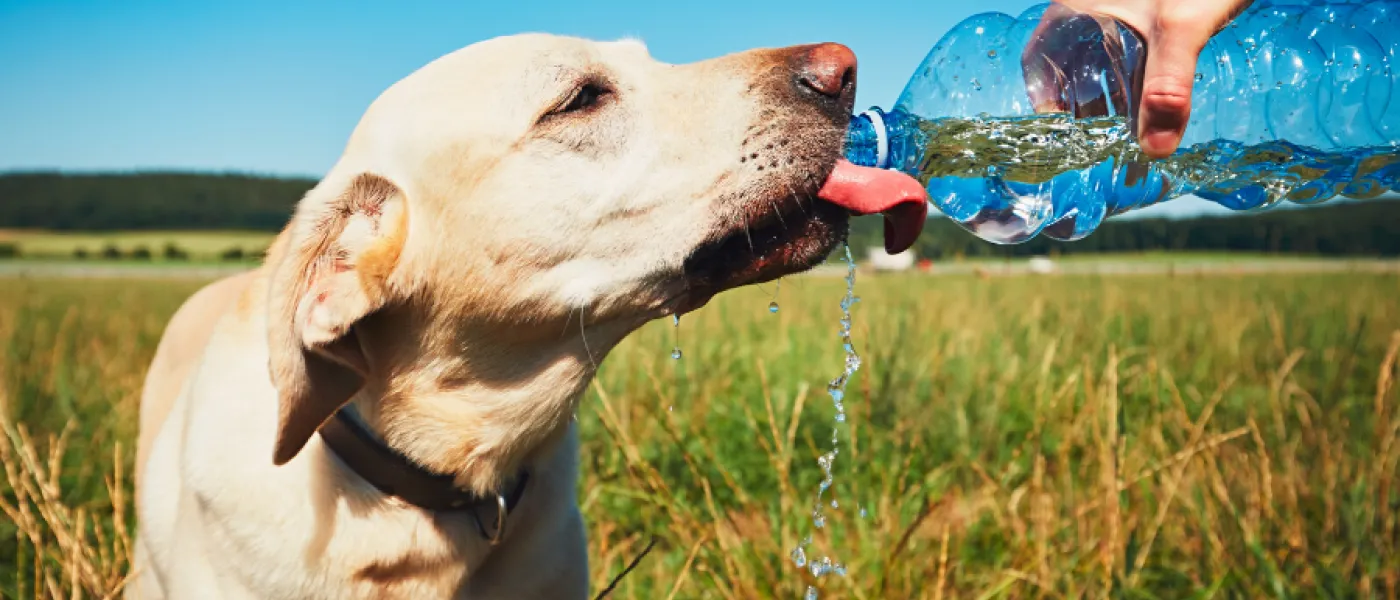
The fast-changing world can make humans and animals feel all kinds of emotions. Although we humans try to keep our feelings inside, our dogs are very "stand-by." They use a combination of gestures, facial expressions, and other body language to express their emotions, and can interpret this as an important part of communicating with your dog.

Happiness is one of the easiest emotions to recognize, and it is usually the emotion that they express the most! When a dog is happy, they will show this through a natural posture with a raised or drooping tail (maybe even wagging), a relaxed body, and a partially open mouth, with a slight smile.

When something gets your dog's attention, they will manifest themselves in many ways. An alert dog will raise its head, open its eyes and concentrate, with its ears pointed forward or slightly moved to find the source of the sound. Their body and tail will remain motionless, and their mouths will be closed-although some may bark or growl based on their assessment of the situation.
The alert behavior usually lasts only a few minutes before your dog decides how to react to things that catch their attention. If your dog's behavior seems to be turning into fear or anger, try to determine the cause of this situation and slowly introduce it to the source. If your dog's alertness continues to change into fear or anger, the best way is to contact a certified trainer who can help them overcome this reactive behavior.

Similar to humans, dogs can feel anxious when they are not sure how to deal with a certain situation. When your puppies start to open their eyes or they avoid eye contact altogether, you can tell your puppies to be anxious. Their mouths may be closed, but if they are open, they may lick their lips or yawn nervously, and when they try to gather clues about the situation, their ears will move slightly back. Anxious dogs tend to stand still, but it is not uncommon for their tails to swing slowly, which indicates that they do not want any conflict. Similarly, they may roll over and expose their abdomen to show their obedience.
Depending on the source of your dog's anxiety, you can take different steps to help them overcome anxiety. If your dog shows mild anxiety when encountering a new situation, please take a moment to introduce them slowly. If this slow introduction method does not work, please contact your veterinarian. They will be able to refer you to a trainer who can work with you and your dog to reduce this anxiety behavior and prescribe medication if necessary.
Frustration
Dogs most often feel frustrated in response to specific events-usually they don't get what they want. Their bodies will be tense because they are completely focused on the source of their frustration and will usually ignore any attempts you try to get their attention. When their frustration reaches its peak, they may bark or pounce on depressing objects.
Unfortunately, if dogs keep getting frustrated, they will usually succumb to this situation. Although this may seem like a calm behavior, it may actually cause depression. If you realize that your dog has become frustrated, see if you can do anything to make it easier for them to deal with the situation. For example, if they cannot find a difficult puzzle feeding toy, try to show them how to solve the problem, or simply take the food out of it completely. If there is nothing you can do to make it easier for them to deal with this situation, for example, if they try to play with another dog that hasn't paid for it, then it is best to remove them from the situation altogether. Then you can give them some attention until their behavior returns to normal.
Fear
There are many ways dogs express fear. Some people take defensive measures, growl and bark, to make themselves appear threatening. Others try to avoid the threat by tucking their tails between their legs and trying to make themselves as small as possible.
When your dog is afraid, all they think about is how to "survive" the threat. This means they will be able to focus on few other things, including their favorite food or hospitality, until the threat subsides. If you notice your dog exhibiting terrible behavior, try it quickly and determine what makes them afraid. If their fear is triggered by something you can stay away from, do so until they calm down. If their source of fear is inevitable, such as fireworks or thunder, please do your best to create a space in your home to minimize the source of their fear and make them feel safe.
Anger
Apart from happiness, anger is one of the easiest emotions a dog can show. If your dog is angry, they will try to stand as straight as possible with the hair on their back and neck upright to make themselves look as large as possible. Their eyes will stare at the threat, and their ears will be fixed backwards, their mouths will open wide and their teeth will be exposed. Although they are likely to growl, some dogs prefer to remain completely silent.
When your dog is angry, you will want to stay calm and avoid any loud noises or sudden movements. If you can eliminate the things that make them angry, do it and give them some space and time to calm them down. If you find that your dog is often angry, be sure to contact a professional coach who can help you and your dog deal with these emotions safely. If left unchecked, your dog may feel the need to protect itself from perceived threats, which may result in injury.
To understand your dog's emotions, you need to consider all the different ways they communicate as a whole. If you only consider one part of the package, such as wagging its tail, you may not be able to tell whether your dog is happy or anxious. Learning to understand and respect their emotions will help you strengthen your relationship and take it to a whole new level.








